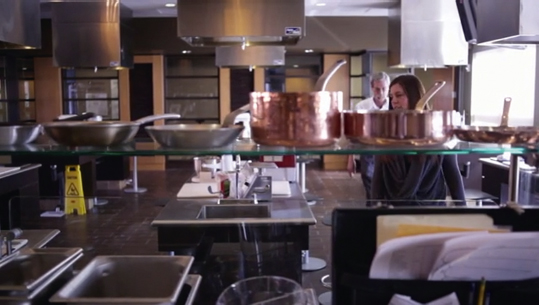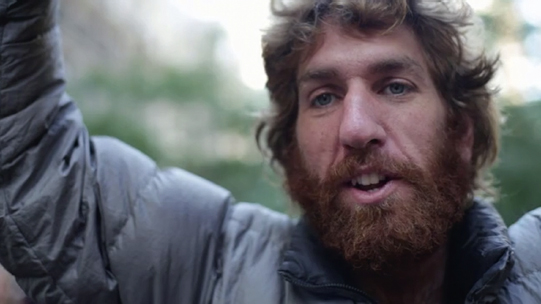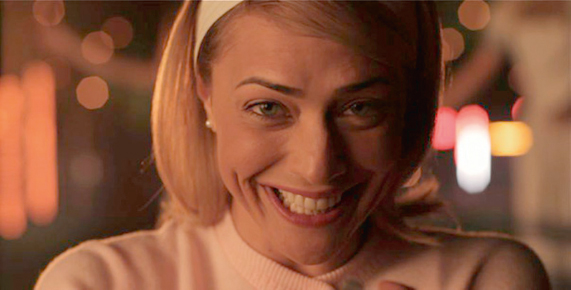DSLR CINEMA GEAR: AN OVERVIEW
This chapter provides a list of recommended gear for low-budget filmmakers, students, video journalists, and documentary filmmakers. But rather than include a lot of different gear priced by a variety of categories, I'm only going to describe the minimum needed for a student, video journalist, and independent filmmaker. Most of this is my recommended list based on actual use in the field by myself and/or working professionals I've encountered while writing this book1 It is not even close to an exhaustive list of everything available—far from it. This is my recommendation and there are many websites and companies that offer a variety of gear for different needs. I'm sorry that the list only includes Canon DSLRs, but those are what I have field tested with my students, so that's my recommendation based on experience. I have never shot with a Nikon, so I don't have the experience to recommend their DSLRs.
Before you start shooting, it's recommended that you test equipment to make sure it's what you want and it does what it needs to do to meet your needs.
A lot of companies manufacture a variety of body and shoulder mount rigs with follow focus gear and matte boxes. I'm not going to make these recommendations in order to keep the prices down. The monopod and/or tripod I list below is more than adequate for most situations. If you want to attach additional gear to the camera, then getting a cage might be useful. Furthermore, unless you can afford it, I don't recommend any of the large sensor video cameras at this time. If you can purchase a 5D Mark II for half the price of a Sony FS-100 (with a $5000 body), then I don't see any reason for spending the extra money. The 5D Mark II will provide a better image. Once large-sensor cameras drop to $3500 and under will be the time to consider such a purchase. I'm also not including the Black Magic Design Cinema camera or the D16 Digital Bolex, since I'm currently writing a separate book on 16mm cameras that shoot in DNG cinema RAW, requiring a different workflow than what's covered in this book.
Go to the author's website to access links to the gear listed: <www.kurtlancaster.com>.
STUDENT PACKAGE (REBEL T2I/550D OR 60D): ~$2500–$3000
For shooters on a budget. Remember, this entire package costs about the same as getting a prosumer video camera, such as JVC GY-HM150U!
I've included the kit lens, as well as other necessary accessories. You may decide that you don't want the Rode VideoMic Pro and only use the Tascam DR-40 with the Rode NTG-2, in which case you'll save more than $200.
Canon Rebel T2i (550D) with 18–55 mm f3.5–5.6 lens: ~$650

For the money, this is the best buy out there for capturing images, cinematically. It doesn't contain all of the features of the 60D, but it does do the job, putting out quality better than video cameras costing thousands more. Put Magic Lantern on it, and you'll be rocking, making it a powerful video camera that can shoot cinematically. The camera is discontinued, so if you can't get one, then get the T3i/600D—you just won't be able to use the audio features in Magic Lantern.
Canon 50 mm f/1.8: ~$120
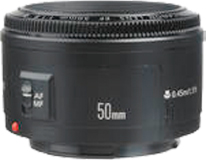
The best buy Canon has—this is a “fast” lens, meaning the aperture opens to f/1.8, so you can get a shallow depth of field and shoot in low light situations. This should be your go-to lens for most of your shooting situations. Use the kit lens as a wide angle lens (18–25 mm).
Light Craft Neutral Density Fader Filter (52 mm for 50 mm f/1.8 lens): ~$75
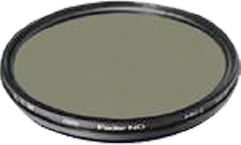
An ND fader is essential when you're shooting outdoors. You can get up to eight stops from this rotating filter if you want shallow depth of field for an outdoor shot with the f/1.8 50 mm lens. This means you can prevent the highlights from blowing out and still get a shallow depth of field.
Rode VideoMic Pro (use for gathering ambient audio): ~$220
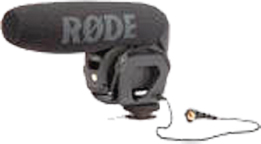
Useful for on-camera ambient sound and backup if your external recorder fails (always have a backup). Be sure to get the furry “dead cat” windmuff for another $39 to help prevent wind noise when shooting outdoors.
Tascam DR-40: ~$200
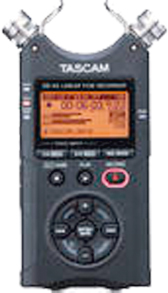
This is an inexpensive version of the Tascam DR-100. For the price, it delivers high quality audio. Put it in the Petrol pouch and hook it on your belt, and you'll be able to handhold a shotgun mic with a pistol grip. Eats up the batteries quickly in phantom power mode.
Petrol PS615 Deca Audio Pouch: ~$50
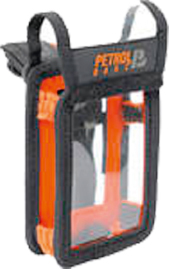
Hook this on your belt and you'll be able to go into the field holding a shotgun mic with a pistol grip (or mount a shotgun mic on the camera's hot shoe with a shockmount) and you'll be able to get the audio you need.
![]()
A solid shotgun microphone that can be powered with an AA battery, so you can save battery power on the external recorder (Tascam DR-40).
Rycote Pistol Grip: ~$120
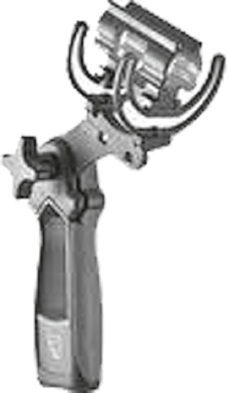
A quality pistol grip designed to absorb sound from your hand as you mount a shotgun mic. Good for documentary work. Use a boompole when shooting fiction dialog.
Transcend 32GB SDHC class 10 memory card: ~$45

A 32GB card will give you about 90 minutes of recording time. Be sure to get a Class 10 card (no less than 6), otherwise the camera will choke on all the video data and stop recording.
Aluratek SDHC card reader: ~$10

A tried and true card reader.
LowePro DSLR video pack 250AW: ~$120
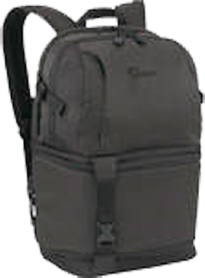
An easy way to pack your gear and go into the field. It'll hold the DSLR, a couple of lenses, audio recorder, a laptop, among other equipment.
Impact 5-in-1 Reflector 32”: ~$39

It's good to have a reflector and diffuser on hand so you can control where light falls on your subject in close-up and medium shots (not useful for wide shots).
G-Technology G-Drive 750GB 7200 rpm FireWire 800 ~$150
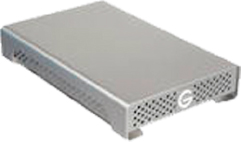
A great portable hard drive with FireWire 800 and USB cables. Useful for dumping footage in the field (since it's powered by the computer).
Manfrotto 561BHDV monopod with mini legs: ~$250

If you need stability and movement, portability and run-and-gun capability, then this monopod will become one of the best tools you can get for your camera. It allows for stable shots as well as slight push-in and pull-out shots due to its ball joint on the legs. A powerful tool used often by Patrick Moreau of Stillmotion.
Canon 60D with 18–135 mm f3.5-5.6 lens: ~$1200
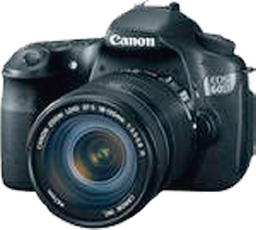
If you prefer the more robust 60D, then subtract the Rebel from this list and go with this solid camera. It's sturdier and has such features as manual control of audio, a flip-out LCD screen, rear dial for adjusting the aperture (the Rebel requires you to press a thumb button and index finger dial at the same time), and you can dial in manual color temperature. Great with Magic Lantern, too.
VIDEO JOURNALISM/DOCUMENTARY PACKAGE (CANON 5D MARK II)
This package is for professionals with a fairly large gear budget. A video journalist or documentary filmmaker can easily use a 60D or even a Rebel and it'll still look better than a professional small sensor video camera. But I recommend the 5D Mark II, since it's the gear of choice for many photojournalists—due to its full frame sensor (equivalent to 70 mm cinema film). I don't recommend the Canon 7D, because it can't use Magic Lantern.
Canon 5D Mark II with 24–105 mm f/4 L lens: ~$2900 (~$2200 body)
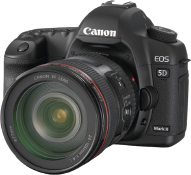
The one that started the DSLR cinema revolution due to its full frame sensor. Very few cameras—even ones costing thousands more—have a hard time achieving the unique look of the 5D. It's been replaced by the Mark III, but at an additional $1300, you're probably better off getting extra lenses, but if you can afford it, see the Mark III below. The kit lens here (costing over $1100 if buying separately) is a great go-to lens for video journalists, who need to get close but still have an ability to go wide, when needed. The L-series lens is Canon's top of the line lens.
Canon 50 mm f/1.8: ~$120
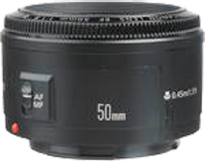
The best buy Canon has—this is a “fast” lens, meaning the aperture opens to f/1.8, so you can get a shallow depth of field and shoot in low light situations. This should be your go-to lens for most of your shooting situations. Use the kit lens as a wide angle lens (18–25 mm).
Light Craft Neutral Density Fader Filter (77 mm for the 24–105 mm f/4 lens): ~$130; get the 52 mm thread size for the 50 mm lens.
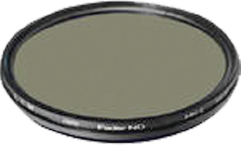
An ND fader is essential when you're shooting outdoors. You can get up to eight stops from this rotating filter if you want shallow depth of field for an outdoor shot with the f/1.8 50 mm lens. This means you can prevent the highlights from blowing out and still get a shallow depth of field.
Rode VideoMic Pro (use for gathering ambient audio): ~$220
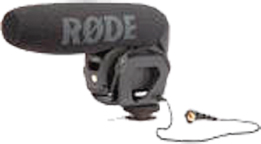
Useful for on-camera ambient sound and backup if your external recorder fails (always have a backup). Not good when shooting outdoors on a windy day, but it works well under most conditions.
Tascam DR-40: ~$200
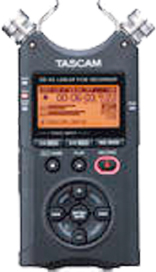
This is an inexpensive version of the Tascam DR-100. For the price, it delivers high quality audio. Put it in the Petrol pouch and hook it on your belt, and you'll be able to handhold a shotgun mic with a pistol grip. Eats up the batteries quickly in phantom power mode.
Petrol PS615 Deca Audio Pouch: ~$50

Hook this on your belt and you'll be able to go into the field holding a shotgun mic with a pistol grip (or mount a shotgun mic on the camera's shot shoe with a shockmount) and you'll be able to get the audio you need.
![]()
A solid shotgun microphone that can be powered with a AA battery, so you can save battery power on the external recorder (Tascam DR-40).
Rycote Pistol Grip: ~$120
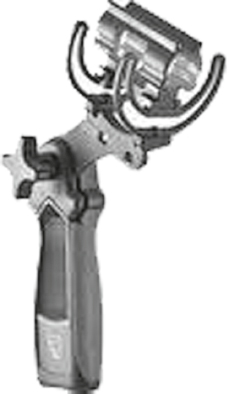
A quality pistol grip designed to absorb sound from your hand as you mount a shotgun mic. Good for documentary work. Use a boompole when shooting fiction dialog.
Transcend 32GB compact flash 400x memory card: ~$58

A 32GB card will give you about 90 minutes of recording time. There are more expensive cards out there, but I've never had an issue with the 400 speed Transcend card.
Transcend USB 3 card reader: ~$16
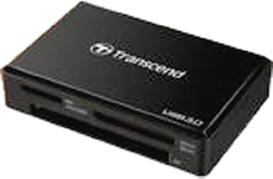
Haven't used it, but with the USB 3 capabilities, it'll be useful for fast transfers.
LowePro DSLR video pack 250AW: ~$120
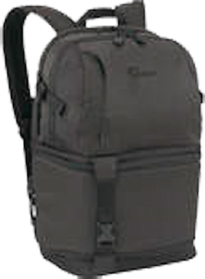
An easy way to pack your gear and go into the field. It'll hold the DSLR, a couple of lenses, audio recorder, a laptop, among other equipment.
Impact 5-in-1 Reflector 32”: ~$39

It's good to have a reflector and diffuser on hand so you can control where light falls on your subject in close-up and medium shots (not useful for wide shots).
G-Technology G-Drive 750GB 7200 rpm FireWire 800 ~$150

A great portable hard drive with FireWire 800 and USB cables. Useful for dumping footage in the field (since it's powered by the computer).
Manfrotto monopod 561BHDV with mini legs: ~$250

If you need stability and movement, portability and run-and-gun capability, then this monopod will become one of the best tools you can get for your camera. It allows for stable shots as well as slight push-in and pull-out shots due to its ball joint on the legs. A powerful tool used often by Patrick Moreau of Stillmotion.
Sennheiser EW112 wireless lav system (use for interviews): ~$600
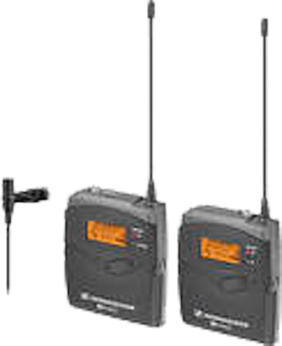
This is one of the best wireless microphone systems on the market. For documentary and video journalism work, its one of the best pieces of gear you'll get for your audio.
Zacuto Z-Finder: ~$375

When shooting outdoors, this is the best gear you'll have in order to see the LCD screen. It also magnifies the screen (2.5X or 3X depending on the model you get). In addition, when using the monopod, it provides an extra point of contact on your body (the eye), giving a bit more stability to your shots.
Manfrotto190CX3 carbon fiber tripod legs: ~$250 and 701HDV fluid head: ~$140

This package will allow you to travel light (carbon fiber sticks) and utilize a solid fluid head.
Kessler Crane Pocket Dolly Traveler: ~$630
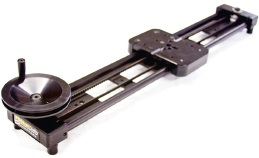
A must for tracking dolly shots. Face the camera out for a tracking shot. Face the camera in for push in and push out shots. You may want to get a small head to place on the pocket dolly, so the camera can clear the end for push in and pull out shots, lifting the camera above the end piece, otherwise it may get into the shot.
INDEPENDENT CINEMA PACKAGE (CANON 5D MARK III):
For those needing an inexpensive professional camera for independent film projects.
Canon 5D Mark III body only: ~$3500

The upgrade to the classic 5D Mark II, The Mark III does much better in low light and using a different compression codec. This is the crème of the crop for DSLRs in this price point. In addition, it includes a headphone jack and audio meters. With it's full frame sensor, you cannot go wrong with this choice.
Canon L-Series lenses: 35 mm f/1.4 L ~$1400 50 mm f/1.2 L ~$1500 100 mm f/2.8 L ~$1000

Shane Hurlbut shot The Last Three Minutes using L-series lenses, the top of the line for Canon DSLRs (unless you use their cinema series lenses). When shooting cinema, prime lenses is key and this set of lenses for about $4,000 will do the trick for most situations. They're all fast lenses and so they'll deliver good rendition in low light as well as providing a shallow depth of field when needed. If this is too much, check out KEHphoto.com and purchase a set of used Zeiss Contax lenses with a Fotodiox adapter. A set of 35 mm, 50 mm, 100 mm costs about $1200 and delivers the Zeiss quality glass.
Light Craft Neutral Density Fader Filter (price varies based on thread size of lens).
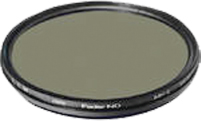
An ND fader is essential when you're shooting outdoors. You can get up to eight stops from this rotating filter if you want shallow depth of field for an outdoor shot. This means you can prevent the highlights from blowing out and still get a shallow depth of field.

The MixPre-D is an essential tool for getting clean audio in the field. Hook up a digital audio recorder, such as the Tascam DR-100, and you'll be able to achieve unparalleled sound quality with its quality microphone preamps and unclippable audio feature. In addition, it includes an output to a DSLR, so you can take the audio coming through this device and have it record to your camera.
Tascam DR-100mkii: ~$330
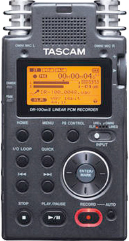
The upgrade to Tascam's DR-100. Aluminum housing with two XLR and 1/8” TRS input and output. Put it in the Petrol pouch and hook it on your belt, and you'll be able to handhold a shotgun mic with a pistol grip or boompole. Get the battery extender for extra field life (~$25).
Petrol PS615 Deca Audio Pouch: ~$50
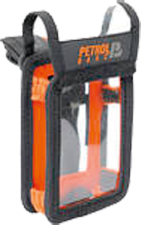
Hook this on your belt and you'll be able to go into the field holding a shotgun mic with a pistol grip (or mount a shotgun mic on the camera's shot shoe with a shockmount) and you'll be able to get the audio you need.
Sennheiser ME62/K6 omnidirectional microphone and power capsule: ~$450 ME66 shotgun mic capsule: ~$210

For under $700, this is a rock solid microphone setup. Includes the omni dialogue microphone for indoor scenes, and also get the additional shotgun capsule for outdoor scenes.
Rycote Pistol Grip: ~$120
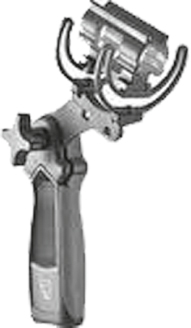
A quality pistol grip designed to absorb sound from your hand as you mount a shotgun mic. Good for documentary work. Use a boompole when shooting fiction dialog.
Transcend 32GB compact flash 400x memory card: ~$58
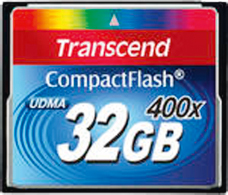
A 32GB card will give you about 90 minutes of recording time. There are more expensive cards out there, but I've never had an issue with the 400 speed Transcend card.
Transcend USB 3 card reader: ~$16
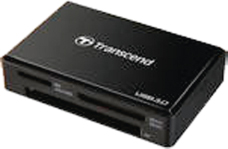
Haven't used it, but with the USB 3 capabilities, it'll be useful for fast transfers.
LowePro DSLR video pack 250AW: ~$120
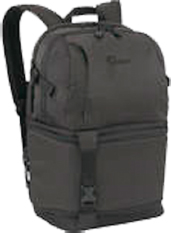
An easy way to pack your gear and go into the field. It'll hold the DSLR, a couple of lenses, audio recorder, a laptop, among other equipment.
Impact 5-in-1 Reflector 32”: ~$39
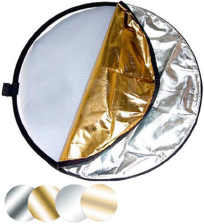
It's good to have a reflector and diffuser on hand so you can control where light falls on your subject in close-up and medium shots (not useful for wide shots).
G-Technology G-Drive 750GB 7200 rpm FireWire 800 ~$150

A great portable hard drive with FireWire 800 and USB cables. Useful for dumping footage in the field (since it's powered by the computer).
Manfrotto monopod 561BHDV with mini legs: ~$250

If you need stability and movement, portability and run-and-gun capability, then this monopod will become one of the best tools you can get for your camera. It allows for stable shots as well as slight push-in and pull-out shots due to its ball joint on the legs. A powerful tool used often by Patrick Moreau of Stillmotion.
Sennheiser EW112 wireless lav system (use for interviews): ~$600

This is one of the best wireless microphone systems on the market. For documentary and video journalism work, its one of the best pieces of gear you'll get for your audio.
Zacuto Z-Finder with EVF: ~$950
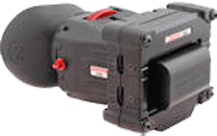
When shooting outdoors, this is the best gear you'll have in order to see the LCD screen. It also magnifies the screen (2.5X or 3X depending on the model you get). The external monitor (EVF) is another necessary piece of gear for helping to view footage. The viewfinder flips up so you can view the screen directly. If you want to use the Z-Finder separately, then you'll need to get a gorilla plate to attach it to the camera.
Manfrotto190CX3 carbon fiber tripod legs: ~$250 and 701HDV fluid head: ~$140
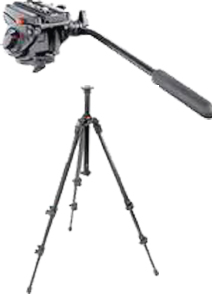
This package will allow you to travel light (carbon fiber sticks) and utilize a solid fluid head.
Kessler Crane Pocket Dolly Traveler: ~$630
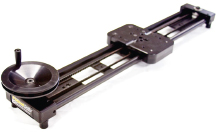
A must for tracking dolly shots. Face the camera out for a tracking shot. Face the camera in for push in and push out shots. You may want to get a small head to place the camera, so you can clear the end of the pocket dolly for push in and pull out shots, lifting the camera above the end piece, otherwise it may get into the shot.
GEAR IN THE FIELD
This next section will cover the types of gear you might need in particular situations. Different types of shots require a variety of equipment, but this section will show the type of gear that worked for these projects.
Marketing Commercial/Promo Projects
For promotional videos I've completed for Northern Arizona University's marketing department, my student team and I went with a two camera setup (two Canon 5D Mark II's allowed for two angles to be shot at once saving setup times) along with a Kessler Crane Pocket Dolly Traveler attached to a tripod, and the Manfrotto monopod with the ball joint legs. We also used Canon's 50 mm f/1.8 lens, and 85 mm f/1.8 lens, a Zeiss Contax 50 mm f/1.4 lens, and 35 mm f/2.8 lens. We shot with a neutral picture style. The project was shot in two hours.
Recommended gear:
Camera: Two 5D Mark II
Audio: Zoom H4n with Rode NTG-1 (synced with Final Cut Pro); Magic Lantern on one of the Mark II's connected to the Sennheiser ME62/K6 dialogue mic; dedicated sound person monitoring audio.
Support: Tripod for Kessler Crane Pocket Dolly Traveler, Manfrotto monopod with fluid head and ball joint leg support for quick setup of shots.
FIGURE 15.33
A still from a marketing video for Northern Arizona University by Javeon Butler, Kurt Lancaster, and Jenna Lyter. In this particular shot, a Canon 5D Mark II was attached to the Kessler Crane Pocket Dolly traveler for a tracking shot moving screen left. All lighting natural with neutral picture style.
(Image courtesy of NAU Marketing.)
Video Journalism and Documentaries
For documentaries and video journalism, traveling light and being unobtrusive is essential. Therefore, whether you choose to shoot with a 5D, 60D, or a Rebel, the key element is being light—therefore using Magic Lantern with a good microphone will provide the smallest footprint and portability available. With Magic Lantern you can monitor audio with headphones, see and adjust levels, and use focus peaking so you can adjust focus quickly. In my Occupy Wall Street video, I used a 5D Mark II, Magic Lantern, and the Sennheiser ME62/K6 setup attached to a shockmount on-camera (with a XLR to minijack step down cable). I did not have the Manfrotto monopod with me, so I shot the project handheld, keeping the camera about two feet from the subject so they were close enough to the microphone to get good levels (see Figure 15.34).
Recommended gear:
Camera: 5D Mark II (or any other DSLR based on budget)
Audio: Magic Lantern with a Sennheiser ME62/K6 or ME66 shotgun mic; headphones and adapter to monitor audio. If the project is crucial, always have a backup, so using a Tascam DR-40 and belt pouch with a wireless lav or shotgun microphone (and pistol grip) is a good idea, but if you're running and gunning for your shots, it can be done with just Magic Lantern.
Support: Manfrotto monopod with fluid head and ball joint leg support for quick setup of shots. Take advantage of the ball joint mini-legs to do some push-in and pull out shots, as well as small tracking type shots. Use movement, as long as you keep the movement slow and micro.
FIGURE 15.34
A subject holding up a sign out of frame discusses his reasons as to why he's occupying Wall Street in New York City. A Canon 5D Mark II is about two feet from him in order to record a strong audio signal, along with the Zeiss Contax 50 mm f/1.4 and a Light Craft ND Fader to help maintain a shallow depth of field.
(Image courtesy of Kurt Lancaster.)
Fiction Projects
Any large sensor camera will deliver a decent cinematic image if lit properly. If you want the unique look and the strongest look for the price point, the Canon 5D Mark II or III will be one of the best tools you can invest in when shooting fiction projects on a micro budget. Shane Hurlbut, ASC, chose the 5D Mark II for The Last 3 Minutes, as well as for the action sequences in the feature, Act of Valor (2012).
FIGURE 15.35
Still from The Last 3 Minutes. Canon 85 mm L with f-stop at 3.5; color temp: 2800 degrees K; ISO 320.
(©2010 Hurlbut Visuals. Used with permission.)
Camera: 5D Mark II or III
Audio: Tascam DR-100mkii with Sennheiser shotgun and dialogue mic attached to Sound Devices MixPre-D with a line out attached to the camera; dedicated sound person monitoring audio.
Support: Tripod for Kessler Crane Pocket Dolly Traveler, Manfrotto monopod with fluid head and ball joint leg support for quick setup of shots and to allow for a little bit of the handheld look.
In the end, the gear you choose to buy or rent isn't nearly as important as the story you want to tell with this gear. Some gear will help with your storytelling needs better than others. Use the right tool for the job, but don't get caught up with the latest and greatest—there are many people out there with gear but few who know how to tell a good story. If you tell a great story, a $600 Rebel T2i will be better than a 5D Mark III, if the person using the 5D has a bad or poorly executed story.
1Please note that any prices listed in this chapter were based on known prices at the time this book was being written. No guarantees of similar pricing models can be made.

